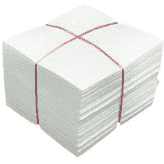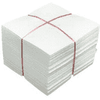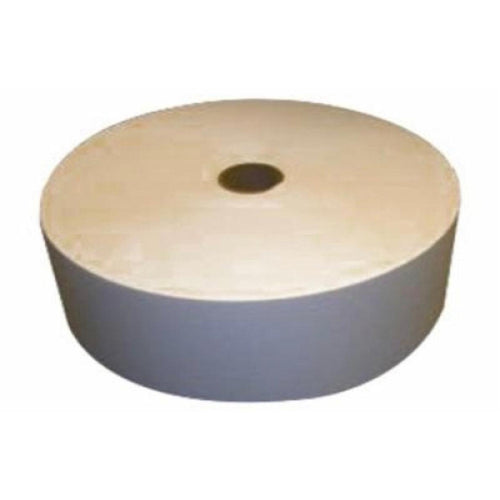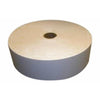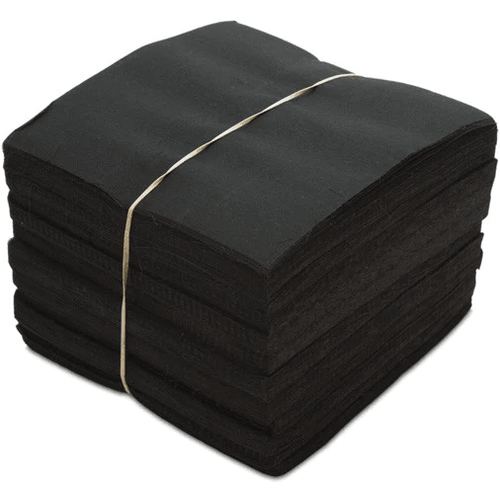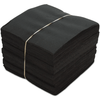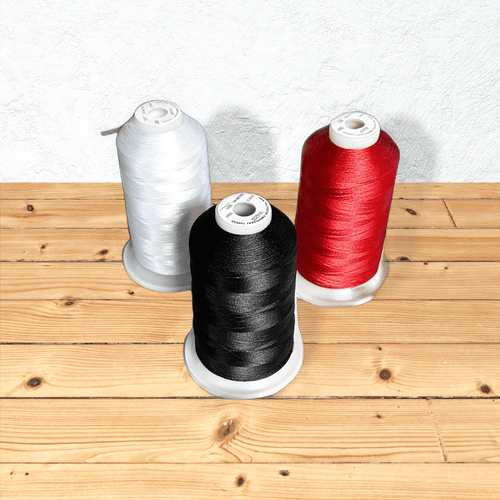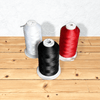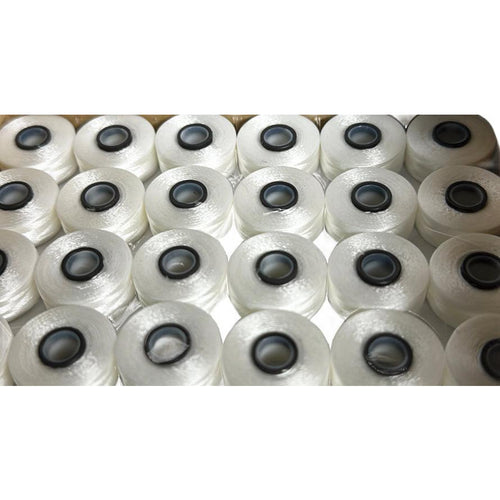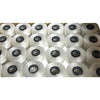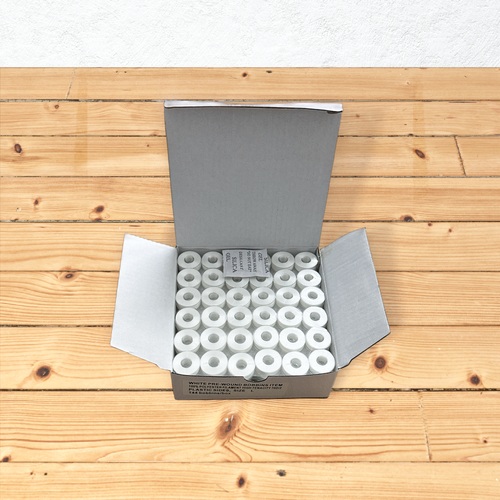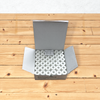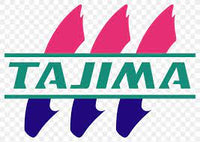Choosing the Right Stabilizer for Embroidery: A Comprehensive Guide
Embroidery stabilizers play a crucial role in achieving professional and high-quality embroidery results. They provide support, prevent fabric distortion, and enhance the overall appearance of the design. However, with various types and options available, it can be challenging to determine which stabilizer is best suited for your specific embroidery project. In this guide, we'll explore different types of stabilizers and provide valuable tips for selecting the right one.
1. Understanding Embroidery Stabilizers
Embroidery stabilizers are materials used as a foundation to support the fabric during the embroidery process. They come in different forms, including tear-away, cut-away, and water-soluble stabilizers. Each type serves a specific purpose and is suited for different fabric types and embroidery techniques.
- Tear-away stabilizers are easy to remove by tearing away the excess stabilizer after completing the embroidery. They are ideal for lightweight and delicate fabrics. Here is an example of a tear-away stabilizer product.
- Cut-away stabilizers provide long-term support and stability. They are more permanent and require trimming away close to the embroidery design. Cut-away stabilizers work well for heavy fabrics and designs with high stitch densities. Consider using a cut-away stabilizer such as this one for your embroidery projects.
- Water-soluble stabilizers dissolve when exposed to water, eliminating the need for manual removal. They are commonly used for freestanding lace embroidery or when working on delicate fabrics that can't withstand tearing or cutting. Explore the benefits of Aqua Film Water Soluble stabilizer for your water-soluble needs.
2. Consider the Fabric Type
One of the critical factors to consider when choosing an embroidery stabilizer is the fabric type. Different fabrics require different stabilizers to achieve optimal results.
- For stable fabrics like cotton or denim, a medium-weight cut-away stabilizer would work well. You can try using 500 Sheets Performance Backing for your stable fabric projects.
- Delicate fabrics such as silk or satin may require a lightweight tear-away stabilizer to prevent damage. Consider using a tear-away stabilizer like EMD 2.0 oz 8x8 Tear-Away Backing for delicate fabrics.
- Stretchy or knit fabrics like jersey or spandex often benefit from a combination of cut-away and tear-away stabilizers to provide stability while allowing some flexibility. Explore the advantages of using a combination of stabilizers like ESS 4" x 200 yds Roll Cap Backing - 3 oz for your stretchy fabrics.
3. Design Complexity and Stitch Density
The complexity of your embroidery design and its stitch density also influence the choice of stabilizer. Designs with high stitch densities or intricate details require stronger stabilizers to support the stitching and prevent puckering.
If you're working on a design with a high stitch count, a cut-away stabilizer will provide better stability. It ensures the embroidery stays in place even with densely packed stitches. For simpler designs with lower stitch counts, a tear-away stabilizer may be sufficient. Consider the benefits of using a cut-away stabilizer like ESS 3.1 oz 18x100yd Roll Cut-Away Backing for designs with high stitch densities.
4. Consider the Project's Purpose and Durability
The purpose of your embroidery project also affects the choice of stabilizer. Consider whether the embroidered item will undergo frequent washing, heavy use, or exposure to environmental factors.
If the embroidered item is intended for a wearable garment or accessories that will undergo regular laundering, a cut-away stabilizer will provide long-term durability and prevent the design from shifting or distorting. Explore the durability of stabilizers like ESS 4.5" x 150 yds Roll Cap Backing - 3 oz for projects that require enhanced durability.
For items like decorative wall hangings or framed embroidery pieces, a tear-away stabilizer can be suitable as it may not require long-term stability or washing. Consider using a tear-away stabilizer like ESS Embroidery Supply Tearaway Peel & Stick Backing Roll - 2 oz for your decorative or framed embroidery projects.
5. Test and Experiment
When in doubt, it's always a good idea to test different stabilizers before starting a large-scale embroidery project. Experiment with small swatches of fabric and different stabilizers to determine the best combination for your specific needs.
By testing various stabilizers and observing the results, you can gain a better understanding of how each stabilizer type interacts with different fabrics and designs. This hands-on approach helps you make informed decisions and achieve the desired embroidery outcomes.

